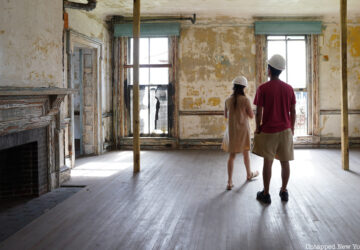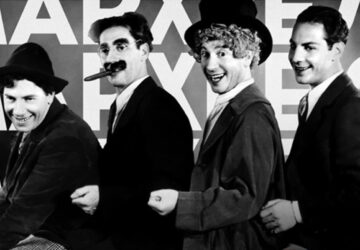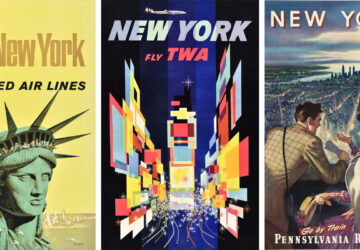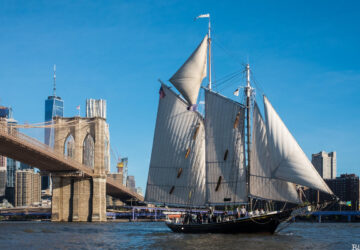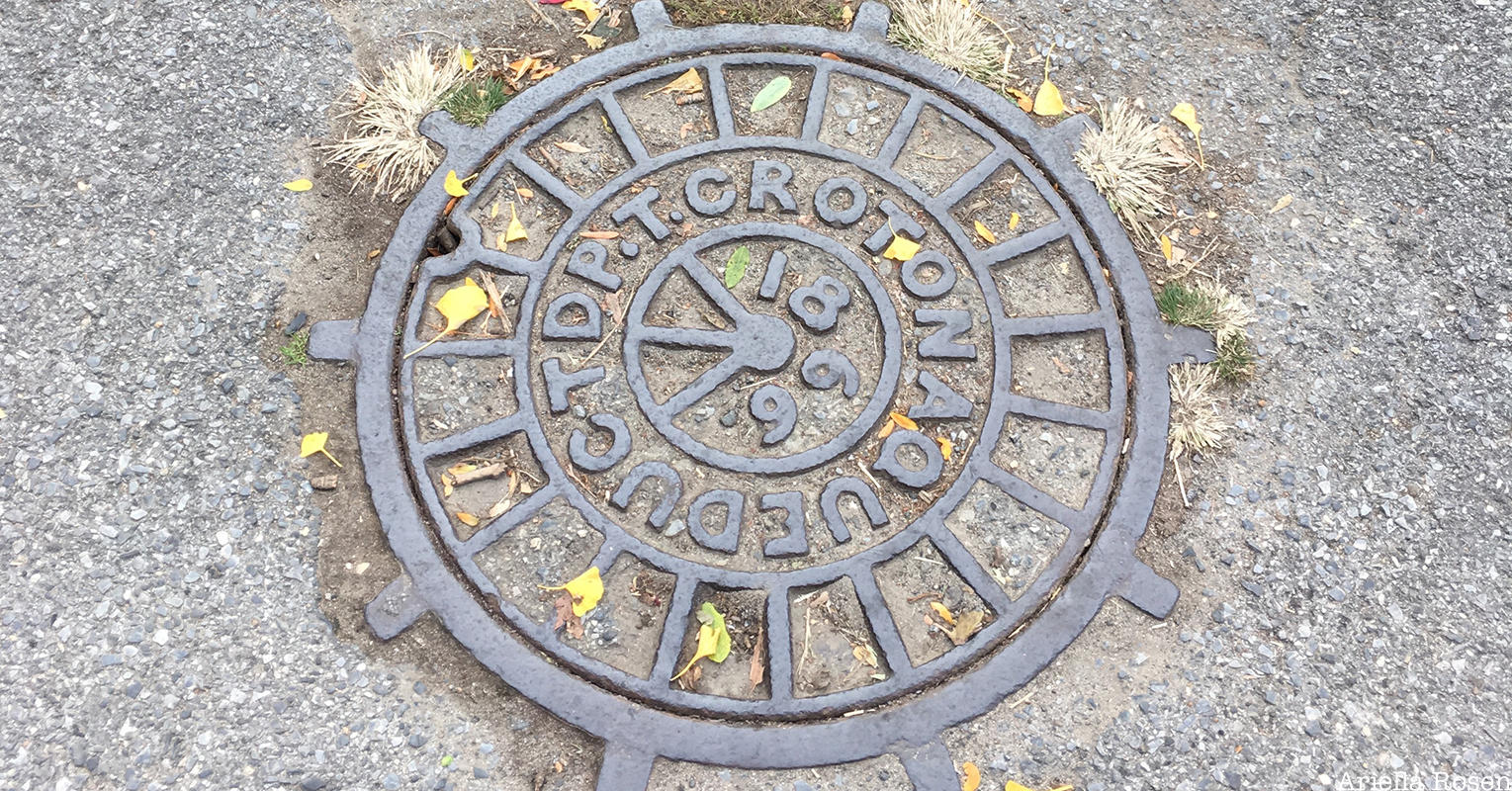Walking with my dad in Central Park last week, I was saddened to discover that I had lost a cast-iron friend: the Croton manhole cover from 1866, which I have visited regularly for the last three years. I knew from the start that a manhole as old as this one (which was one of the oldest in the city, behind an 1862 cover also in Central Park) could not last forever. After all, this is the fate of manhole covers, though they feel like such permanent fixtures in New York City — to be walked upon and forgotten, silently serving the public until the once-sturdy surface ceases to bear weight, and the modern infrastructure and the historic relic can no longer exist together. I had braced myself for this day, and yet it was still a hard blow to see an unfamiliar face in place of the one I have known and loved.
My story began much as it ended: three years ago. On Easter Sunday, I was taking a walk in Central Park with my dad. The two of us had just completed a circuit around the reservoir and were on our way home when we encountered a woman sitting on the ground, using oil pastels to make a rubbing of a manhole just inside the 85th Street entrance to the park on the west side. I stopped to talk to her, and she showed me her rubbings, indicating the inscription on the manhole cover: CROTON AQUEDUCT DP,T 1867. Next to it was a second manhole: CROTON AQUEDUCT DP,T 1866.
I had walked along that path more times than I could count, and while I’m sure that I had registered the existence of the two manhole covers on some level, that day in April was the first time that I truly looked at them.
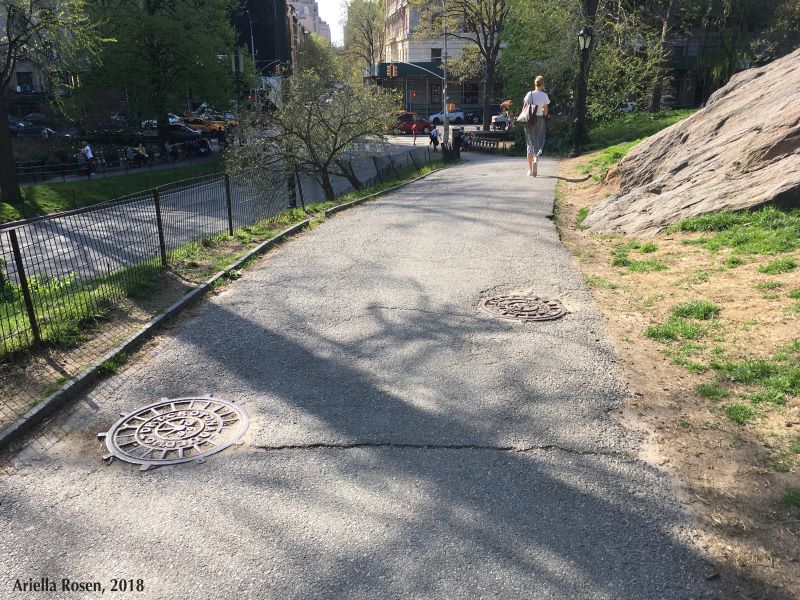
It is difficult to explain the thoughts that went through my head that day, but I was overcome by the simple, historical beauty of those two circles of radially segmented cast iron. I was struck with a sense of pride to discover artifacts of such humble importance mere blocks from the apartment building where I lived. This encounter sparked my research on the history of Manhattan’s sewers, those unsung heroes created in 1842 to deliver clean water to a parched city to combat fire and disease — something I have come to appreciate even more in the wake of the ongoing pandemic. I feel an echo of my initial delight every time I encounter a Croton manhole cover, but the pair on West 85th street from 1866 and 1867 have always held a special place in my heart.
Following in the footsteps of the woman I met that day in the park, I took it upon myself to invite others into the secret world of manhole covers that was unlocked for me that day, sharing with them the place where my own journey began. And although the two manhole covers that have kept each other company for well over a century are a pair no longer, I will continue to bring both friends and strangers to this spot and tell the story.
Check out Untapped’s Manhole Covers in New York City podcast here:
Next, check out the 1862 Manhole Cover Found in Central Park!
